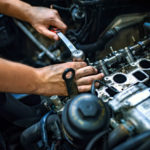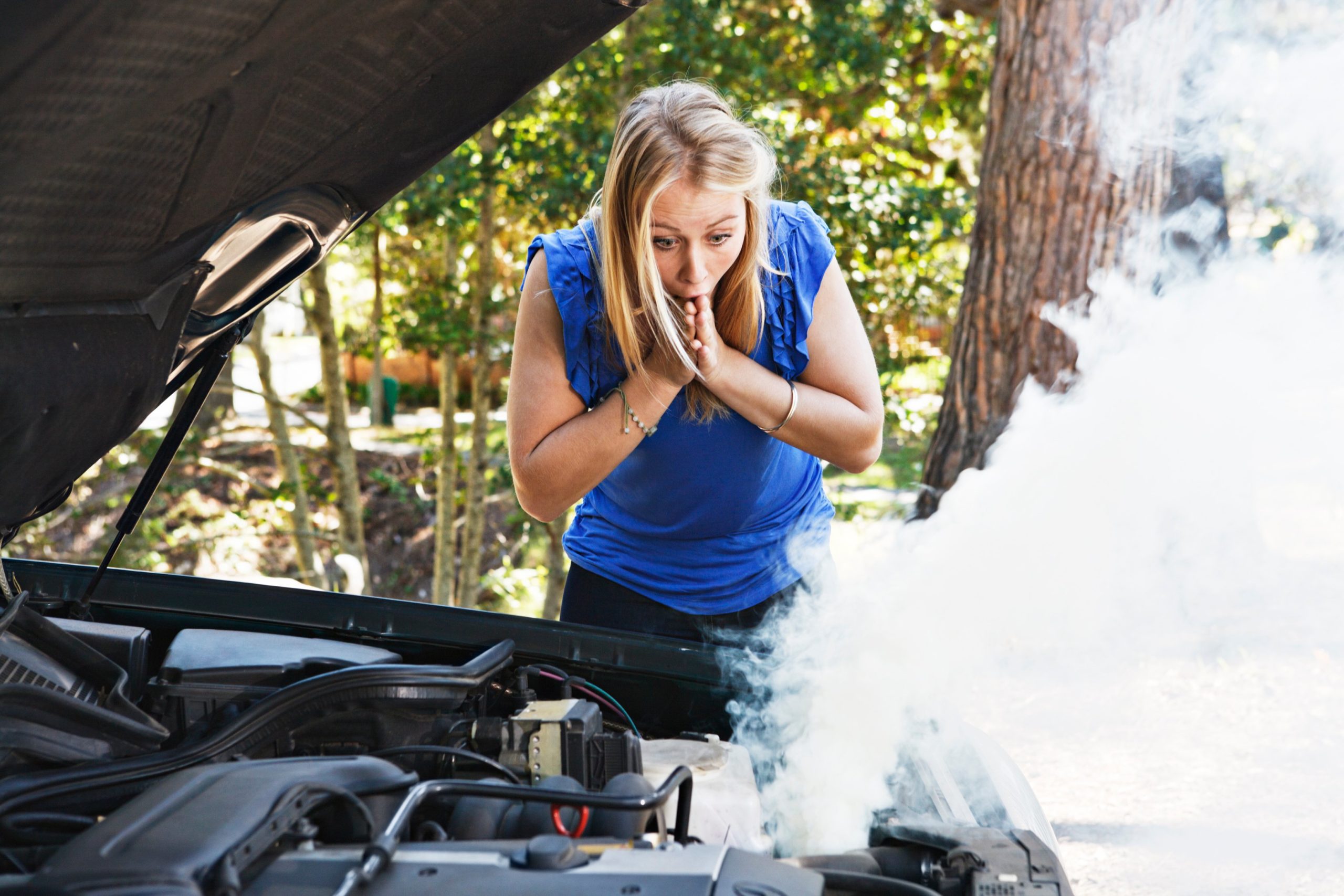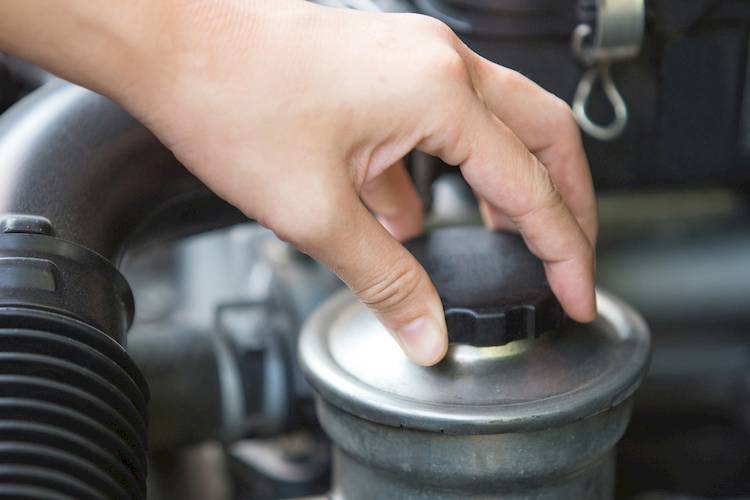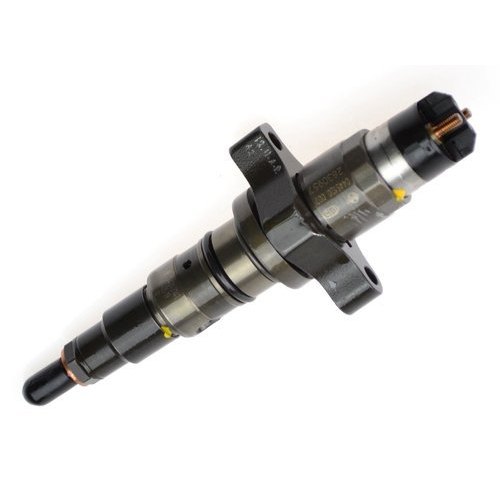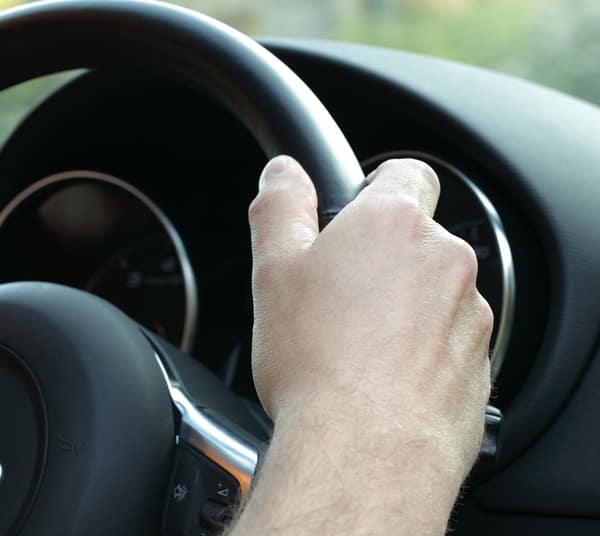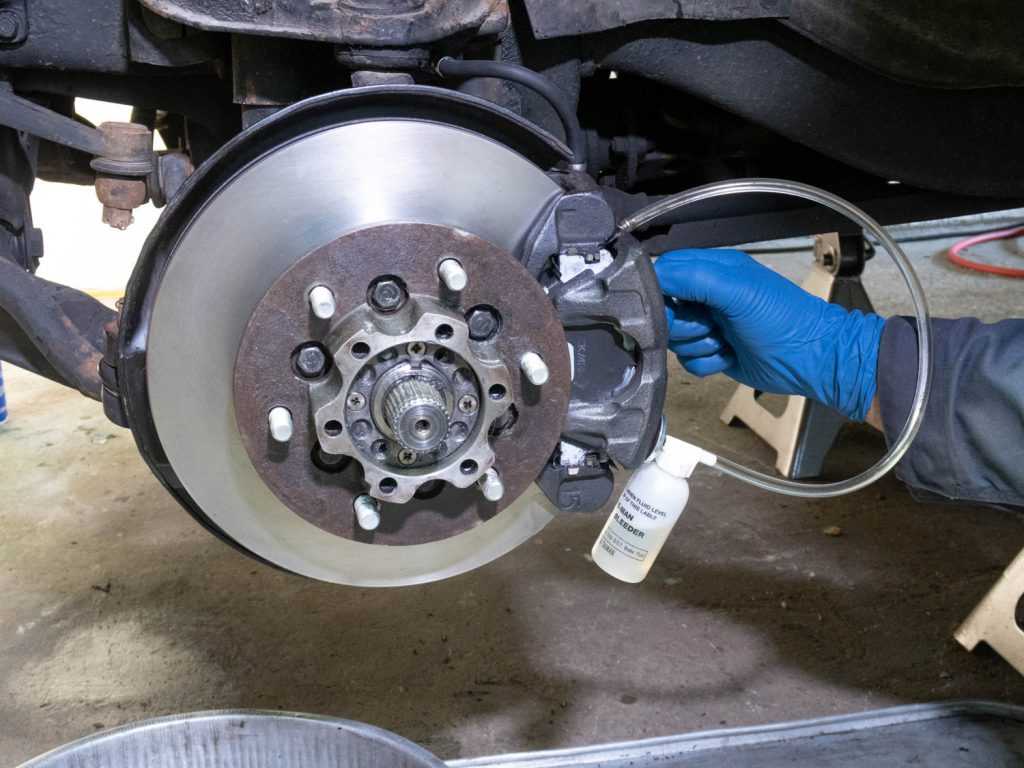
Today, we are going to look at the different steering problems and how these problems can be resolved. So read on and learn….
An essential component in the control mechanism of any vehicle is the steering system. It gives direction and control while driving. However, unlike some mechanical issues, power steering problems can surprisingly be frustrating. However, you will continuously get signals about the problems, until it is fixed. Not paying attention to these signals may lead to an accident that your insurance company may not take responsibility for.
Causes of Steering Problems
Delayed servicing, worn-out parts, and periodic maintenance are some of the direct causes of steering problems. However, it’s necessary to understand them to help you recognize the steering problems in time before they degenerate into something worse.
Inadequate air pressure can be a reason for the wheel steering issue. This issue can be triggered by bad tire pressure, the deflated ones in particular. Based on the manufactures recommendation, all the car tires should always be inflated. This issue can also result from uneven tire pressure. Another relevant thing is the front-end alignment. While taking a turn or driving, your vehicle will pull to the side because of the front tire’s uneven wear. Misalignment results from uneven tire wear, leading to stiff and rigid steering at once during turning on the road.
- Improper Steering Rack
This component is usually joined to the wheel through U-joints and shafts. The rack and these components suffer and wear and damage because of driving every day. If the wheel seems stiff after starting the vehicle, the issue is with the steering rack. As you continue to drive, the wheel will eventually become free. This occurs because the rack is heating with the engine running, thus enabling the fluid to settle. Although you can drive in this scenario, ring the rack may amplify the problem.
- Damaged Serpentine Belt
Another reason for a damaged steering wheel is a broken or damaged serpentine belt. Because it’s in use whenever you drive the car, the belt wears out with time. The wheel begins displaying stiffness symptoms when the belt wears and gets loose. Ignoring the replacement or repair will lead to the belt breaking and the steering wheel malfunctioning.
- Fluid Leakage
The improper fluid level in the steering system can also culminate the problem. This occurs when the hose gets loose or has a leak. Lubricant spills through the leak resulting in drying out the pump and lessened pressure in the system. Because of this, the wheel suffers from adequate lubricant supply to function properly.
- Pump Malfunction
Asides from from from the lubricant issue, the pump also plays a significant part in building the necessary pressure required in the power steering system. If the pump stops functioning or gets damaged for any cause, it will adjust the steering wheel. Although a damaged pump will not eliminate the wheel, you will move it with more energy, which can be hazardous during a quick turn on the road.
- Thick Fluid
Like other fluids in a car, the power steering flits accumulate debris and dirt over time. Its thickness hiders its free flow to another component of the system when you delay its change with the given time. The result makes turning at low speeds. To solve this problem, you need to drain out the old liquid and change it with new fluid. Therefore, it’s best to hand it over to a mechanic for repair or inspection if your steering wheel is having failure symptoms.
Read also: Steering Wheel Feels Loose When Turning
Symptoms of Steering Problems
The section below discusses symptoms that may signal to steering problem.
- Difficulty in adjusting the wheel: As it is with most cars today, if you have a steering problem, it may indicate that the system has an issue. Examine if the fluid tank is fun, and if it’s short, add up to it. If it has gone down, examine beneath the vehicle for any indication of fluid leakage by the time you check next. The leaks can be present in the hoses, steering rack, or steering pump.
- Steering wheel vibration: Although this is usually a sign of a wheel alignment issue, a vibrating steering wheel can also signal a problem with the steering. The accumulation of contaminants in the system can also lead to vibration or ‘pulsate’ of the steering wheel when it is completely turned in different directions. Generally, this problem can be fixed with a power steering flush.
- Slipping during hold: this can also be a lead that the wheel steering is failing. Asides from leakage, other possible causes of wheel steering failure include worn steering rack mounts, faulty pumps, and worn or loose steering belts.
- Loose steering wheel & excessive steering wheel: This is resultant from tie rods or loose steering racks. Too much acceleration when you turn into a corner or accelerate is also caused by worn or faulty tie rods. If permitted to go on, it will allow the whole vehicle to vibrate and culminate in a wheel steering loss. It should therefore be fixed immediately after the problem is observed.
- Vehicle pulls or wanders to a side: This signals an issue with the steering gear. Worn out of premature steering gear may be a result of power steering fluid or lack of lubrication. More reason why it is essential to look out for power steering leakages when changing worn steering hear.
- Immoderate play in the steering wheel: In automotive terminology, play means the movement of a vital component before the outcome is recognized. Take, for instance, a clutch pedal having a play but doesn’t begin functioning immediately. On the other end, steering shouldn’t have a play. If you observe a play in your steering wheel, it is resultant from worn-out tie rods.
- Grinding sound while moving the steering wheel: This is another sign of a steering wheel problem. When you move the wheel, the screeching noise you hear results from a worn or loose power steering belt (the connectivity belt of the engine and power steering pump). As stated earlier, the noise can also be a sign of low fluid levels in the power steering.
- Discoloured or Foaming power steering fluid: This signals that the liquid is not correctly lubricating the components as water or air has infiltrated the system. By servicing your vehicle regularly, keeping it from tear and tear (many insurance companies require this), and watching for any of the signs discussed above, you’ll have an opportunity to find and repair the steering problem before it degenerates into something more serious.
- Stiff Steering Wheel: this signals the steering failure. All new vehicles have power steering that enables the commonly utilized pinion and rack system, thus easing the driver when adjusting the steering wheel. The stiffness of the wheel caused by the power steering failure will make the car difficult to run. Failing the power steering will make the steering wheel stiff and harder to turn.
- Noises While Turning: If you hear a whining noise while trying to make a turn, iI is a sign of worn-out components. It mainly occurs when the steering rack needs to be changed. Unlike another car sound, this is quite distinct. It might be good to check if the sounds persist.
- Burning Oil Smell
Although this symptom can be triggered frombyer problems, it can still be traced to power steering failure- a reason for its inclusion. A burning odor is a result of leakage or fluid getting into an overheated part. The liquid that flows there smells like burning oil. If you perceive the smell, halt your vehicle on the instant and reach out to a mechanic. The steering box overheating can result in a fire outbreak in a car.
Read also: Toyota Corolla Problems and How to Get It Fixed
Tackling Steering Problems
If you observe any of the signs discussed above in your steering, you can apply these steps to tackle the problem. If it persist after, do not hesitate to take your car to a mechanic.
- Check your vehicle car tire pressure
If you observe that your steering wheel is difficult to turn at low speeds, you should examine the tire air pressure. Also, check if the tire maintains the automaker’s recommended PSI and stays filled with air.
- Examine the fluid level and power steering condition:
Always check the fluid level and steering wheel, as issues may be triggered by some problem related to both the steering wheel and fluid level conditions.
- Inspect the pulley on the power steering unit
If you find it difficult to turn the steering wheel, you can examine the pulley fixed on the steering unit. This is only useful in checking the car engine for security purposes. More so, you can take a snapshot to be sure the pulley belt is functioning well.
- Check the power steering unit and front end parts
Do not forget to check the power steering unit, as a leakage from the joint pressure hoses will result in stiff steering because of the reduced pressure. You can also examine parts like ball joints and tie rod ends for lubrication and wear. Excessive wear on either of the components is hazardous and can lead to turning the steering wheel.
Conclusion
Steering problems are resultant from varying system issues. It could be because of a component wear out, thick liquid, system issues, bad tires, etc. However, a steering problem isn’t something every car owner would want to avoid. Therefore, it is vital to know the early symptoms of a developing steering wheel problem before it degenerates into something more serious. The 11 symptoms discussed above will let you know when your steering wheel is close to failing.

